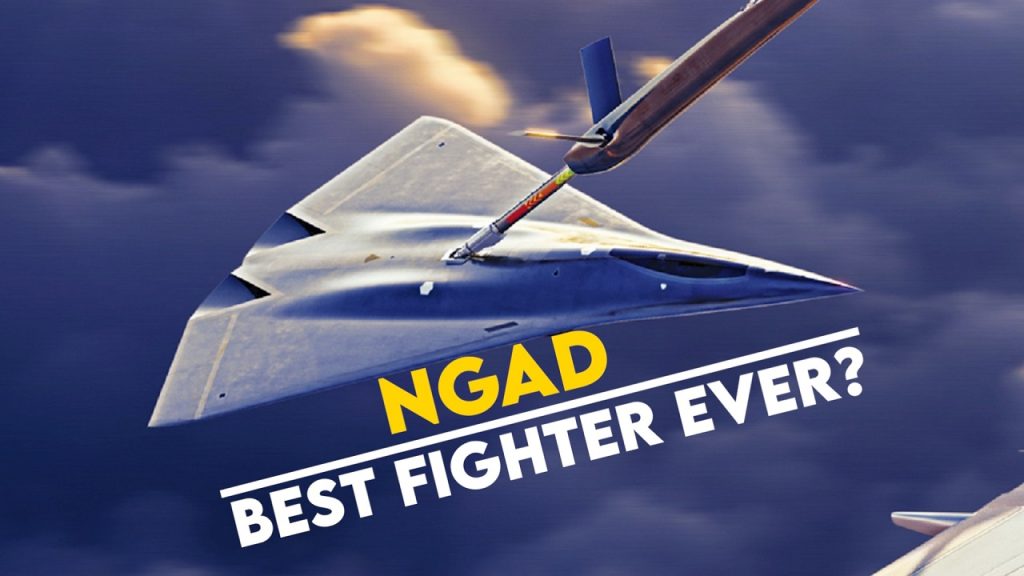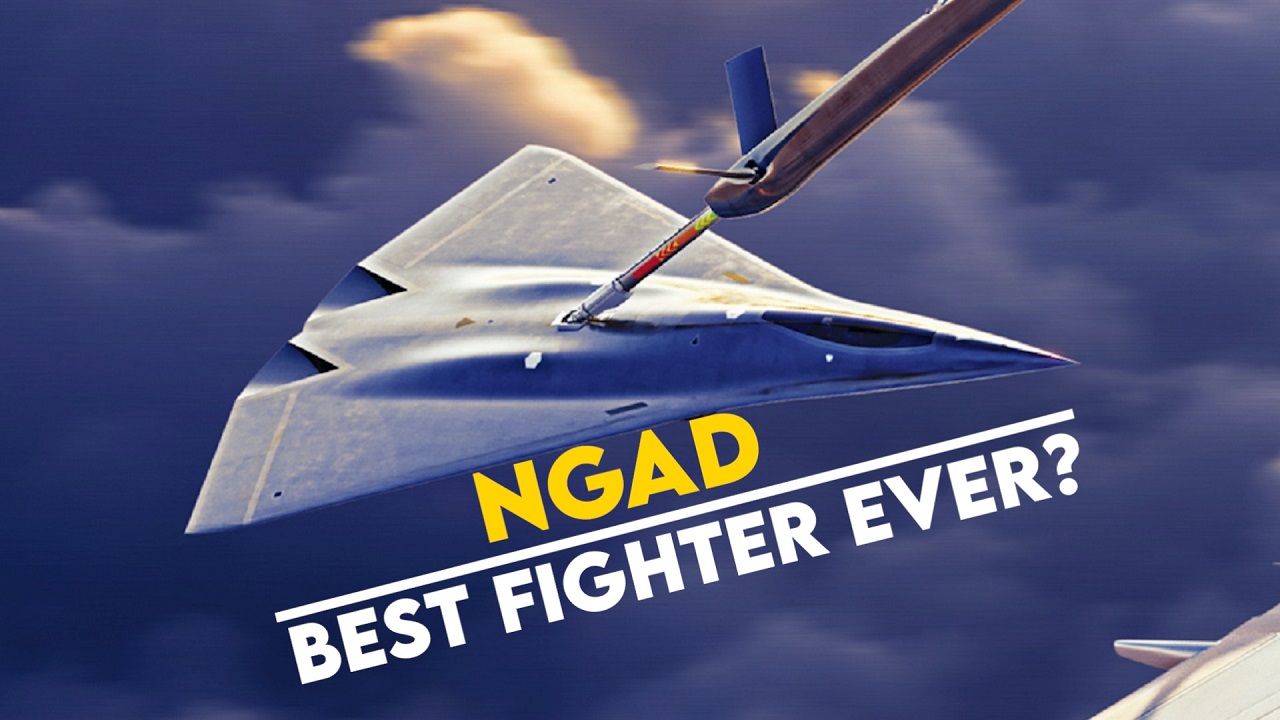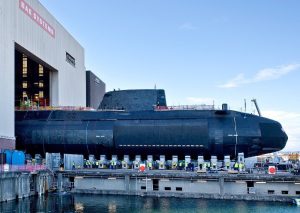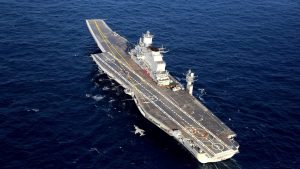The next-generation anti-access/area-denial (NGAD) programme produces a formidable new United States Air Force stealth fighter. But this stealth aircraft may be the last American jet of its kind.

A Last Farewell to the NGAD Fighter: Technology-wise, the Next-Generation Air Dominance (NGAD) aircraft should outshine even the F-22 Raptor and the F-35. And yet, it might just be the last one ever made.
With AI’s impressive computational muscle, NGAD will be extremely covert. With NGAD, speed and agility are not issues. It will use “family of systems” ideas to network and operate drones.
In what way do the stealth characteristics work? Can we expect NGAD to cap off the covert era? The NGAD might be the last stealth fighter developed by the United States.
If the government doesn’t fund the jet, it won’t happen. Equipping each vehicle with all the latest and greatest technological advancements may cost hundreds of millions. We may witness unprecedented covert capabilities if the NGAD programme receives its full budget.
Since the F-117 Nighthawk stealth fighter bomber debuted in the early 1980s, the U.S. has dominated stealth technology. Even though the radar avoidance technology of the Chinese J-20 Mighty Dragon fighter and the Russian Su-57 Felon warplane has improved, the United States is still the best.
The United States Air Force’s planes have been unrivalled in their stealth capabilities for the past three decades.
New radar systems make stealth aircraft easier to see as air defences become more advanced.
As early as the 2040s, stealth may be replaced by a new way to hide a fighter’s radar signature. The United States has a policy of making and sending out new fighters every ten years. However, the NGAD’s high price tag could make it the last stealth fighter the country ever makes.
In such a case, NGAD must keep going strong until the 2040s. Note that the enemy may improve its technologies to counter stealth aircraft.
Rather than expecting NGAD to be a huge and heavy fighter, it may be necessary to play a more distant function as a mothership to direct combat drones that fly ahead and execute the dogfight. In that case, the “faithful wingman” drones must also be stealthy.
Every aircraft in the family is expected to be equipped with state-of-the-art stealth technology. China and Russia may make great strides, especially the former, because China is so good at cyber espionage. China could copy NGAD and networked drone designs.
Adding lasers to NGAD’s arsenal could make it a more formidable fighter. If the plane is radar-evading and equipped with a directed energy system, it may serve for decades until a new fighter appears.
Because of this, nanotechnology may be used to develop a new stealth coating with enhanced radar absorption.
Aerial refuelling is another facet of radar avoidance.
To date, non-stealth tankers have been used for this purpose; however, stealthy tanker drones are in the works.
When refuelling with regular fuel, a radar signature could be detected by hostile radar. If the U.S. military doesn’t choose the stealth tanker, NGAD’s radar evasion may suffer.
Trying to guess what the NGAD will do next would be futile. Several aspects of its stealth design are top secret. The NGAD will almost certainly have unrivalled stealth capabilities. Possible developments in nanotechnology that could improve radar absorption and other forms of masking and cloaking are in the works for the future. The NGAD may be the final stealth fighter built for the U.S. military until about 2030 when the DOD will likely request a replacement.
Until then, NGAD must excel beyond all other stealth aircraft.






